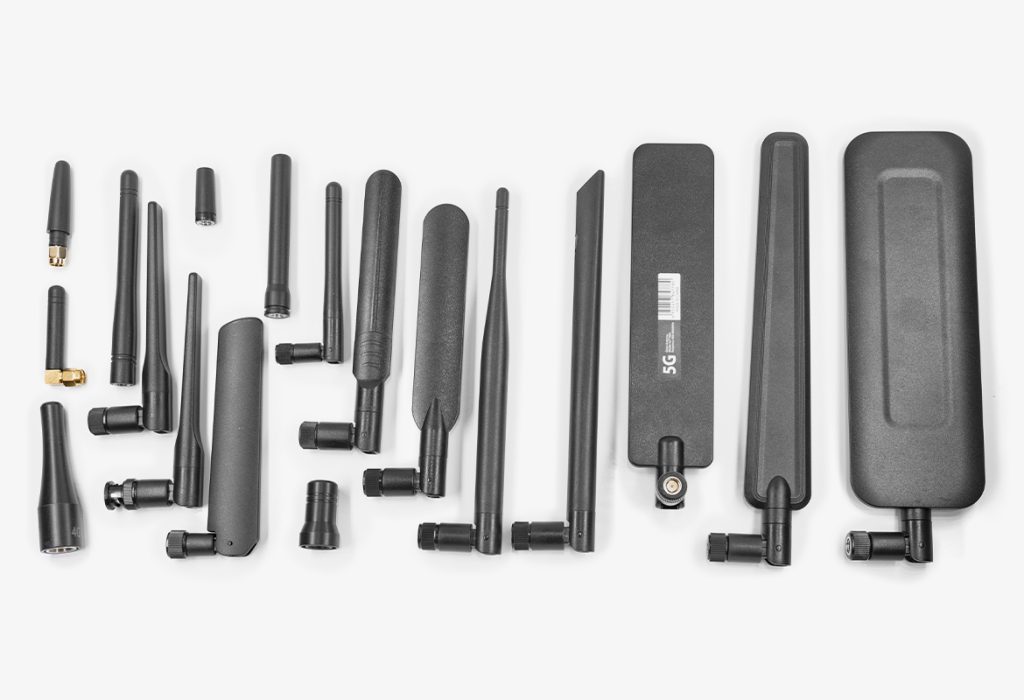Blog Information
- Posted By : Blunt Mcguire
- Posted On : Dec 17, 2024
- Views : 125
- Category : Cars
- Description : The Evolution of Blade Antennas: How Modern Technology Shapes Signal Reception
Overview
- The Evolution of Blade Antennas: How Modern Technology Shapes Signal Reception
In the realm of telecommunications, blade antennas have emerged as a pivotal technology, significantly enhancing signal reception. But what exactly are blade antennas, and how have they evolved over the years? This article delves into the intricacies of blade antennas, exploring their design, functionality, and the impact of modern technology on their performance.

Understanding Blade Antennas
Blade antennas are characterized by their flat, elongated design, resembling a blade. This unique shape allows them to be highly efficient in receiving and transmitting signals across various frequencies. Typically used in mobile communication systems, these antennas are favored for their low profile and aesthetic appeal. They can be easily integrated into vehicles, buildings, and other structures without compromising the overall design.
Key Features of Blade Antennas
- Compact Design: Blade antennas are designed to be sleek and unobtrusive, making them ideal for urban environments.
- Wide Frequency Range: They can operate effectively across a broad spectrum of frequencies, enhancing their versatility.
- Durability: Constructed from robust materials, blade antennas are built to withstand harsh environmental conditions.
The Role of Modern Technology
Modern technology has played a crucial role in the advancement of blade antennas. Innovations in materials and manufacturing processes have led to antennas that are not only more efficient but also more reliable. For instance, the use of advanced composites has reduced weight while maintaining strength, allowing for better performance in various applications.
Moreover, the integration of smart technology has transformed how blade antennas function. With the advent of software-defined radio (SDR), these antennas can adapt to changing signal conditions, optimizing performance in real-time. This adaptability is particularly beneficial in urban areas where signal interference is common.
Applications of Blade Antennas
Blade antennas are utilized in a variety of applications, including:
- Mobile communication systems
- Wireless networks
- Satellite communications
- IoT devices
Each of these applications benefits from the unique properties of blade antennas, ensuring reliable connectivity and enhanced signal quality.
Future Trends in Blade Antenna Technology
As technology continues to evolve, the future of blade antennas looks promising. Researchers are exploring new materials and designs that could further enhance their performance. Additionally, the increasing demand for high-speed data transmission will likely drive innovations in this field.
For those interested in exploring high-quality blade antennas, consider visiting
 for a comprehensive collection of external antennas designed to meet modern communication needs.
for a comprehensive collection of external antennas designed to meet modern communication needs.Conclusion
In conclusion, blade antennas represent a significant advancement in antenna technology, shaped by modern innovations. Their unique design, coupled with the integration of smart technology, has made them indispensable in today’s communication landscape. As we look to the future, it is clear that blade antennas will continue to evolve, meeting the ever-growing demands of connectivity.
